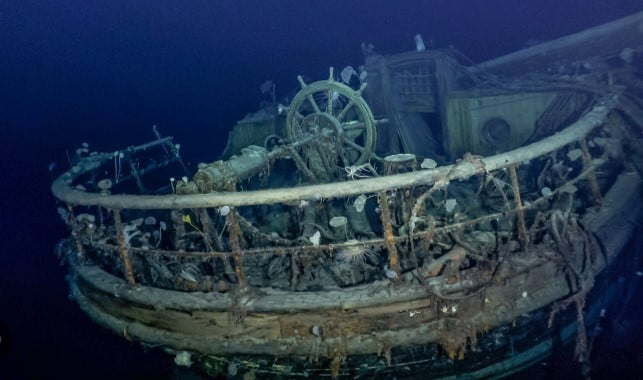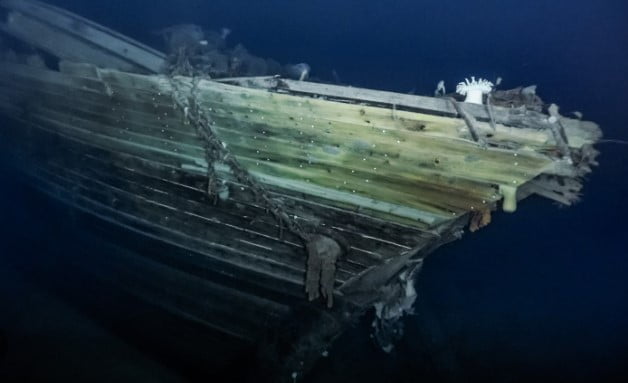In an awe-inspiring revelation from the depths of the Labrador Sea, wreck hunters have recently unearthed “Quest”, the famed vessel of the distinguished polar explorer, Sir Ernest Shackleton. The discovery off the rugged coasts of Newfoundland, Canada, marks a monumental addition to the annals of polar exploration.
Sir Ernest Shackleton, a name synonymous with audacious voyages and indomitable spirit, embarked on his final journey aboard the Quest in 1921. However, destiny charted its own course when Shackleton succumbed to a heart attack on January 5, 1922, amidst efforts to reach the Antarctic. This tragic turn not only curtailed a bold expedition but also drew the curtains on the Heroic Age of Antarctic Exploration.

The Quest, a 38-metre-long schooner-rigged steamship, met its watery fate in 1962, its hull breached by the very ice it sought to conquer. This ironic end mirrors the fate of Shackleton’s earlier ship, the Endurance, reinforcing the perilous nature of polar exploration. The recent discovery was spearheaded by the Royal Canadian Geographical Society (RCGS) and acclaimed shipwreck hunter David Mearns. Utilising advanced sonar technology, the team located Quest sitting almost upright at a depth of 390 metres, a testament to its resilience against the harsh maritime elements.
Quest’s historical significance extends beyond its association with Shackleton. Post Shackleton’s era, it continued to serve as a vessel for Norwegian sealers and played pivotal roles in Arctic rescues and expeditions, including the British Arctic Air Route Expedition of 1930-31. During World War II, it even served the Royal Canadian Navy, showcasing its versatility and enduring legacy in maritime history.
The rediscovery of Quest is not merely about locating a shipwreck. It represents the culmination of an era and the continuation of a legacy. As expressed by Alexandra Shackleton, the explorer’s granddaughter and patron of the RCGS survey, this discovery “completes the circle” of the Shackleton narrative, a story enriched with bravery, leadership, and the undying human spirit to explore the unknown.
As the world continues to glean inspiration from Shackleton’s life and expeditions, the Quest remains a poignant symbol of exploration’s golden age. Plans are underway for a second visit to the wreck, aiming for a more comprehensive investigation without disturbing the site, now a protected area.
This find not only adds a significant chapter to the history of polar exploration but also ensures that the legacy of Sir Ernest Shackleton will continue to inspire future generations. In the words of David Mearns, a disciple of Shackleton’s legacy, “His story is timeless and will be told again and again.”
With the Quest now found, the saga of Shackleton does not end but evolves, reminding us of the enduring allure and peril of the world’s most unforgiving frontiers.
Further Reading




